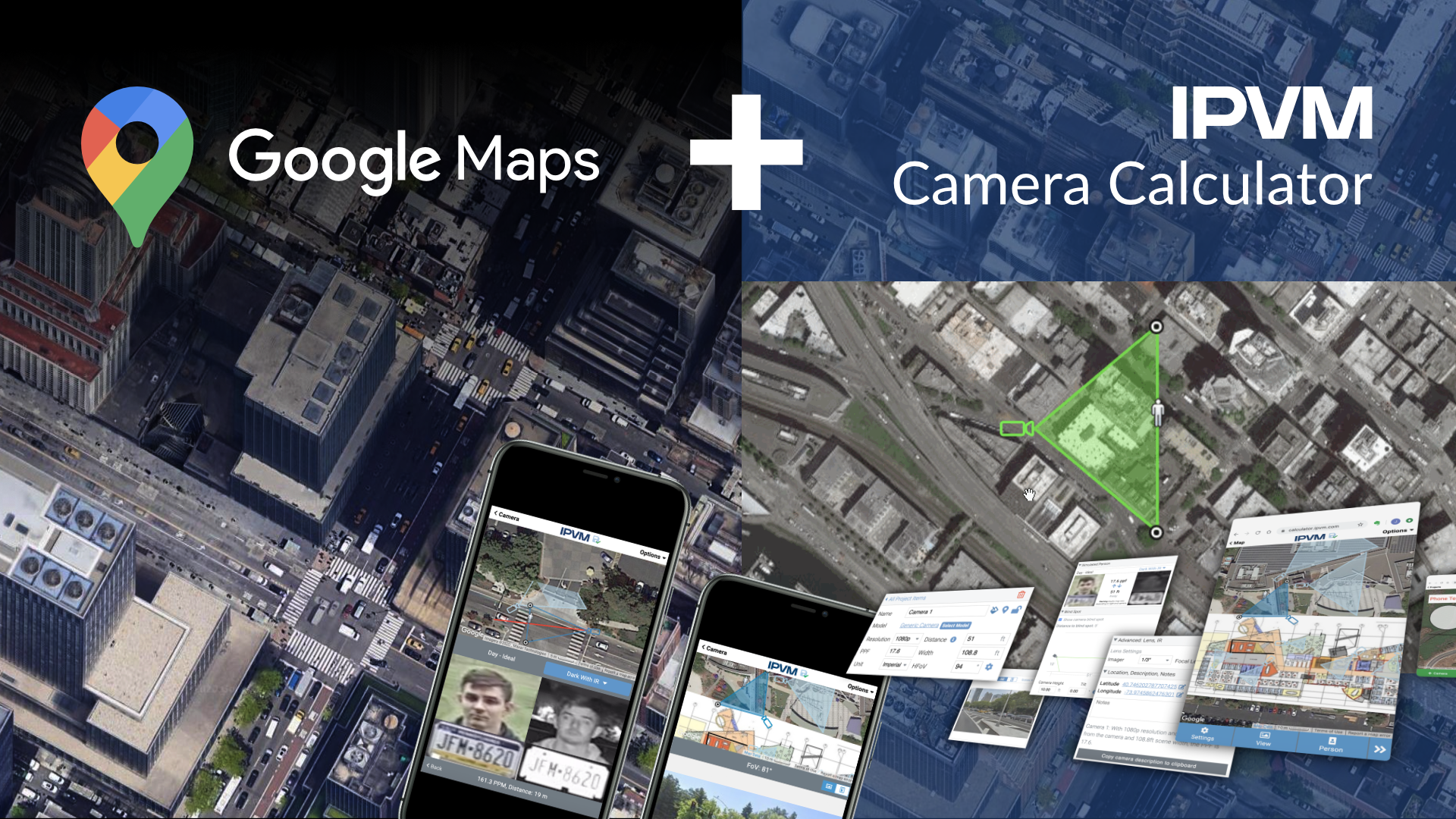The newer and better cameras have AI in them that work well with BI or a newer NVR.
It has come to my attention that certain Dahua cameras come with built in AI that distinguishes between human & cars. I was unaware of this. Well, always saw the AI word used in the reviews but never really thought about it because I thought it was a Dahua NVR integration only. I am currently...

ipcamtalk.com
For most applications, the Dahua and Hik OEMs with AI range from $120ish to $250ish which most of us have found is the price vs performance sweet spot. When I was looking at replacing an existing NVR, once I realized that not all NVRs are created equal (the bandwidth is can process is a huge limiting factor), and once I priced out a good one, it was cheaper to buy a refurbished computer than an NVR.
Many of us buy refurbished computers that are business class computers that have come off lease. The one I bought I kid you not I could not tell that it was a refurbished unit - not a speck of dust or dents or scratches on it. It appeared to me like everything was replaced and I would assume just the motherboard with the intel processor is what was from the original unit. I went with the lowest end processor on the
WIKI list as it was the cheapest and it runs my system fine. Could probably get going for $200 or so. A real NVR will cost more than that.
A member here a couple months ago found a refurbished 4th generation for less than $150USD that came with Win10 PRO, 16GB RAM, and a 1TB drive. You won't find a capable NVR cheaper than that...
Blue Iris has a demo, so try it out on an existing computer and see if you like it.
There is a big
Blue Iris or NVR debate here LOL. Some people love
Blue Iris and think NVRs are clunky and hard to use and others think
Blue Iris is clunky and hard to use. I have done both and prefer
Blue Iris. As with everything YMMV...
And you can disable Windows updates and set up the computer to automatically restart in a power failure, and then you have a more powerful NVR with a nice mobile viewing interface.
Blue Iris is great and works with probably more camera brands than most VMS programs, but there are brands that don't work well or not at all - Rings, Arlos, Nest, Some Zmodo cams use proprietary systems and cannot be used with
Blue Iris, and for a lot of people Reolink doesn't work well either. But we would recommend staying away from those brands even if you go the NVR route with one of those brands...


